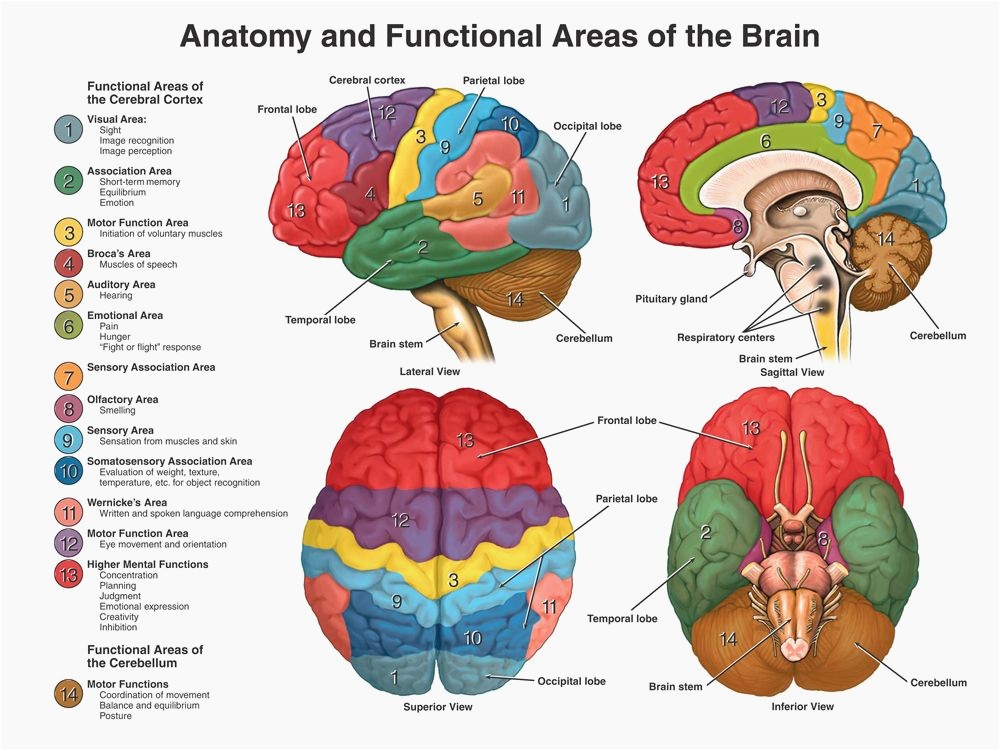

Using a panel of 120 genes chosen to span snRNA-seq cell type definitions in the MTG, we applied pciSeq to produce cellular maps of human brain tissue. Here, we implement pciSeq to map cell types across three human cortical sections as a proof of principle to show an efficient and robust method to accurately resolve anatomical organization of human tissue that is envisioned for such efforts as the Human Cell Atlas 10.Īs part of a Human Cell Atlas pilot project to explore cell-type mapping with spatial transcriptomics methods (the SpaceTx consortium), we obtained human temporal lobe tissue from surgical resections (Fig.

One such approach, probabilistic cell typing by in situ sequencing (pciSeq), leverages single-cell RNA-sequencing data to guide cell type assignment 8, 9. Various analytical approaches can assign detected transcripts to segmented cells and subsequently, cells to cell types. Hybridization-based in situ sequencing (HybISS) is an image-based multi-targeted gene expression profiling technique that allows the precise mapping of individual cells in human brain tissues 7. However, the precise laminar locations and abundances of many of these cell types have not yet been described, and beyond coarse layers most of these types are at low proportions and intermingled with one another. Hodge and colleagues characterized 15,928 cell nuclei from the human middle temporal gyrus (MTG, Brodmann area 21, a part of the temporal lobe) by single-nucleus RNA-sequencing (snRNA-seq) 4. Evolving single-cell technologies have recently allowed scientists to start to comprehend the cellular composition of the human cortex 3, 4, 5, enabling quantitative descriptions of cellular diversity and definitions 6. The human cortex contains roughly 80 billion cells 1, 2 and understanding the identity of all the cells is challenging.


 0 kommentar(er)
0 kommentar(er)
